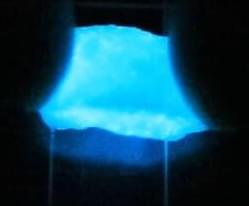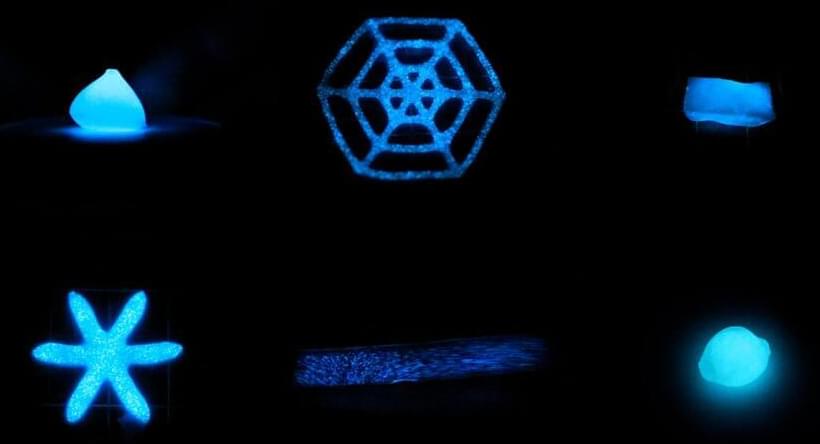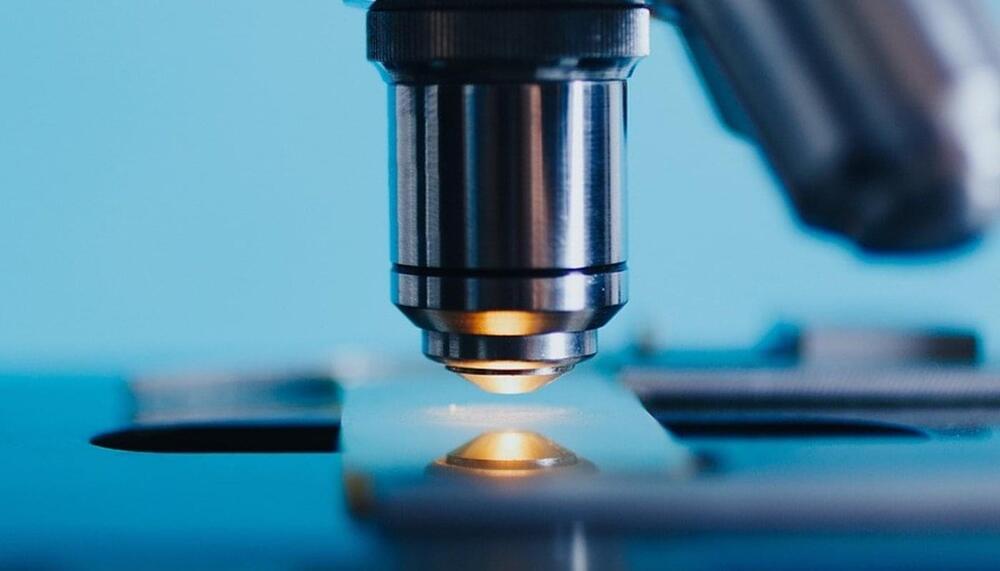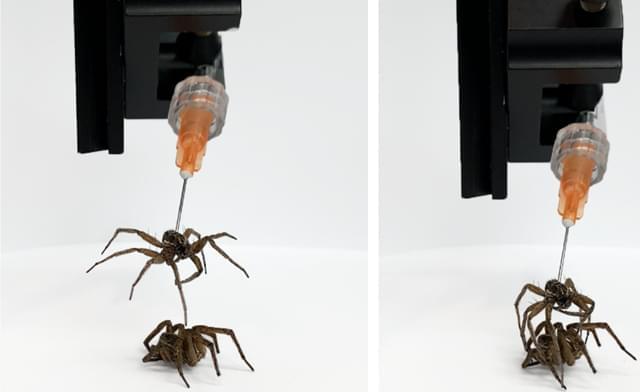Oct 24, 2023
NASA’s OSIRIS-REx mission collected more Bennu asteroid samples than first thought
Posted by Genevieve Klien in categories: materials, space
NASA has revealed that it has already processed 70.3 grams of rocks and dust collected by the OSIRIS-REx mission from asteroid Bennu. That means the mission has way exceeded its goal of bringing 60 grams of asteroid samples back to Earth — especially since NASA scientists have yet to open the primary sample container that made its way back to our planet in September. Apparently, they’re struggling to open the mission’s Touch-and-Go Sample Acquisition Mechanism (TAGSAM) and could not remove two of its 35 fasteners using the tools currently available to them.
The scientists are processing the samples inside a specialized glovebox (pictured above) with a flow of nitrogen in order to keep them from being exposed to our atmosphere and any contaminants. They can’t just use any implement to break the container’s fasteners open either: The tool must fit inside the glovebox, and it also must not compromise the samples’ integrity. NASA has sealed the primary container sample for now, while it’s developing the procedure to be able to open it over the next few weeks.
If you’re wondering where the 70.3 grams of rocks and dust came from, well, NASA collected part of it from the external sample receptacle but outside TAGSAM itself. It also includes a small portion of the samples inside TAGSAM, taken by holding down its mylar flap and reaching inside with tweezers or a scoop. NASA’s initial analysis of the material published earlier this month said it showed evidence of high carbon content and water, and further studies could help us understand how life on Earth began. The agency plans to continue analyzing and “characterizing” the rocks and dust it has already taken from the sample container, so we may hear more details about the samples even while TAGSAM remains sealed.
















